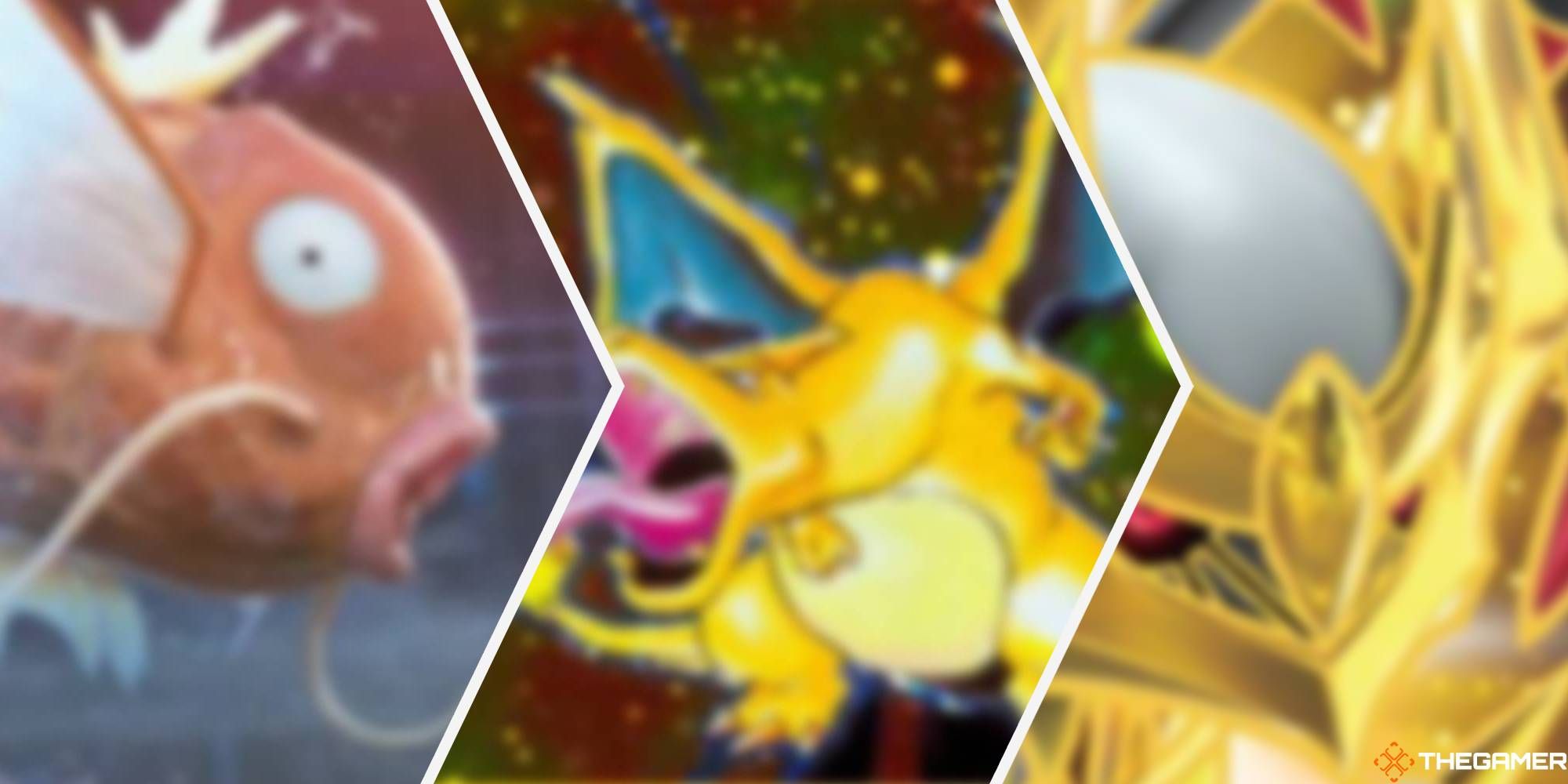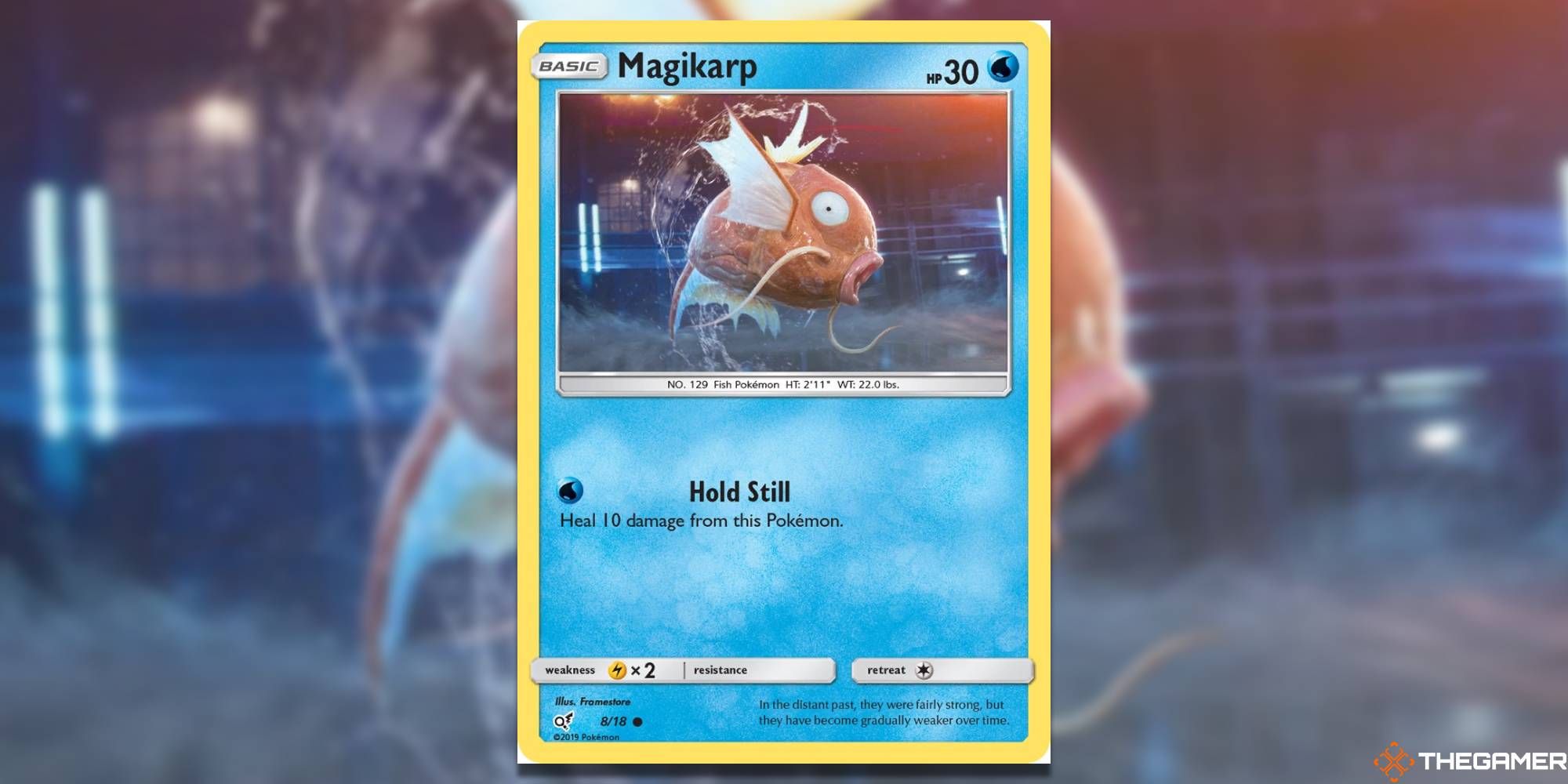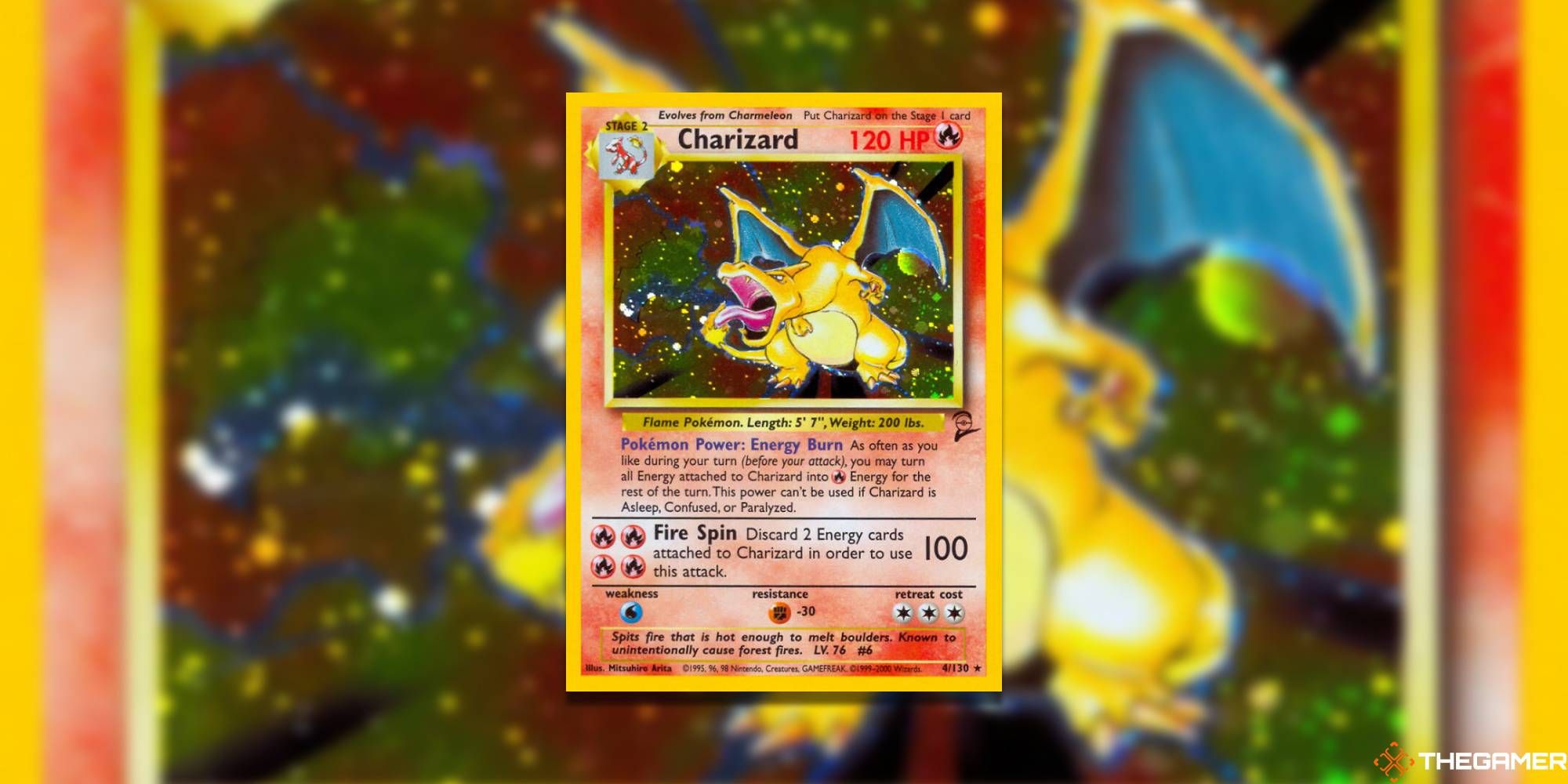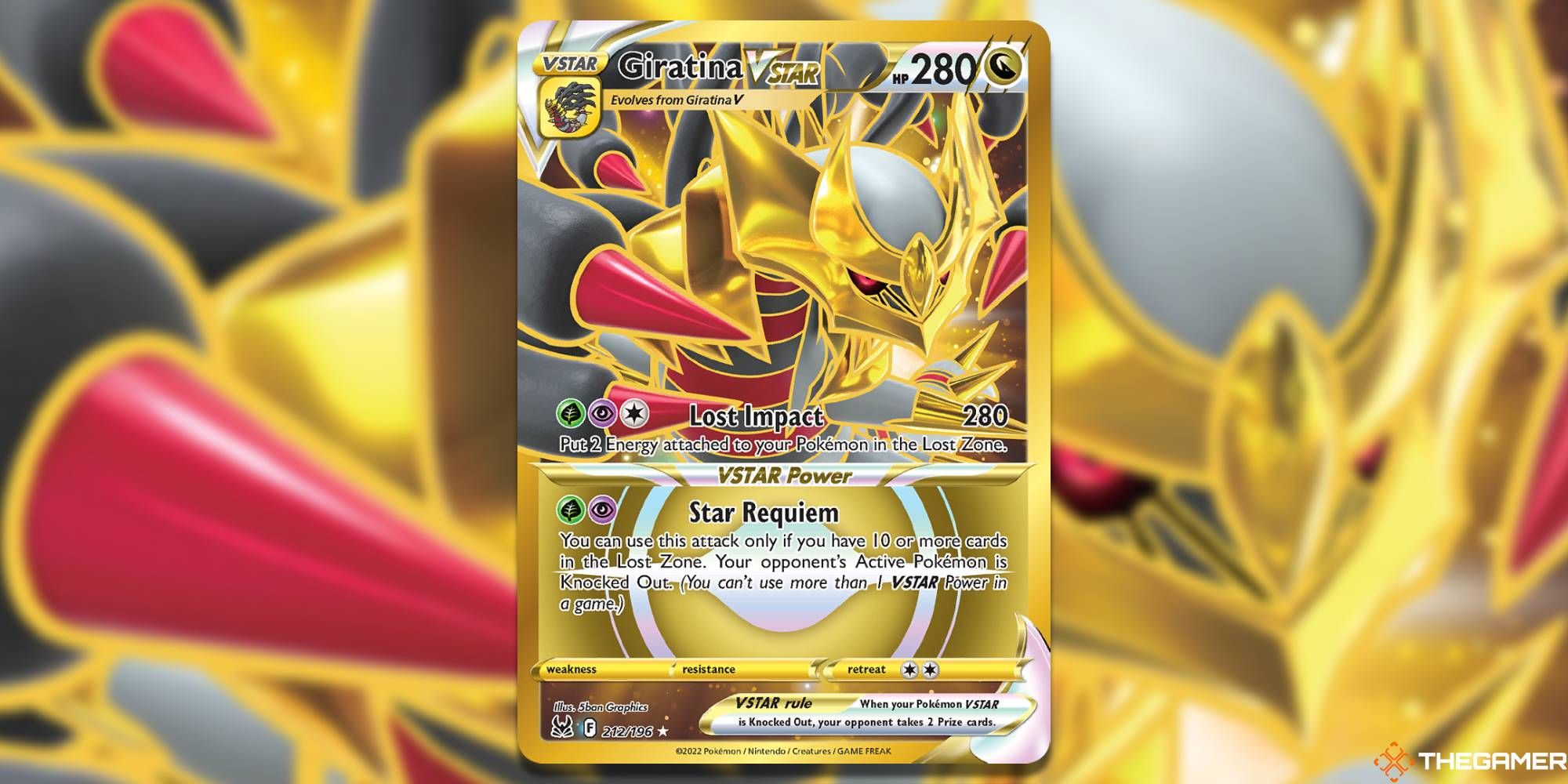Quick Links
Common. Uncommon. Rare. Rare Holographic. These four categories formed the pillars on which the Pokemon TCG was initially built, and anyone who has ever dabbled in it will recognize the terms. But the system goes deeper, far deeper than some would suspect.
If you've ever wondered how two cards from the Rare category can have such drastically different pull rates, this guide should help you grasp the fundamentals. There are, in fact, several categories within the Rare designation, to the point that those old-school pillars we just mentioned feel like relics from a bygone era. Here's the full scoop, trainers.
The Usual Suspects: Common, Uncommon, Rare
Ah, the easy ones. How do we put this? Common cards are the most common cards in the Pokemon Trading Card Game. A redundant-sounding sentence, if ever there were one, but hardly inaccurate. Surely, you've seen more than your fair share of these. A Squirtle, a Sobble. A Charmander, a Scorbunny. A Potion, a Hop. Unless you're fresh off the proverbial boat, you've bumped into them.
Uncommon cards are, again, just that. Uncommon. Good examples include the first stage of a two-stage evolution, like — using the above representatives — Wartortle, Drizzile, Charmeleon, and Raboot cards are largely Uncommon-tier. For relatively recent Trainer cards, look to such examples as Great Ball and Hyper Potion.
And now for our first of several more complicated explanations. A Rare, with no extra words to the term, isn't really all that rare. It remains noteworthy, insofar as it's rarer than the above and a guaranteed pull in every pack. (If you snag a card of a higher rarity tier, it replaces that same slot.)
Rares are typically non-holographic in design. They're Pokemon who pop up fairly infrequently, such as Drednaw and Raichu in the inaugural expansion of the Sword & Shield era (aptly titled 'Sword & Shield'). Technically speaking, you won't find any Trainer cards matching this tier in recent years, but only because the hardest Trainers to find will belong to a separate group.
Lastly, we need to mention Reverse Holofoil, because this is probably the best place to do so. Every booster pack will have one, and they are quickly identifiable because their backgrounds are holographic while their core images are not. This is the inverse of all other holo categories. Reverse Holofoils can be Common, Uncommon, or Rare, as they are simply shinier prints of more ordinary cards.
The Holographic Traffic: Rare Holo, Ultra Rare, Secret Rare
From the earliest days of the Pokemon Trading Card Game, the Rare Holo, or Rare Holographic in full, was the card type of every player's desire. Back then, it was the only designation beyond Common, Uncommon, and Rare; even now, The Pokemon Company International doesn't formally recognize some of the tiers we've yet to discuss.
A conundrum gradually arose around the fact that Rare Holos have disproportionate rarities within their own tier. For the most famous example, any lucky kid who plucked a Rare Holographic Charizard out of a Base Set booster pack was instantly revered by their peers (and likely public enemy number one, too). If Rare Holographic Charizards were as easy to come by as Rare Holographic Machamps — which were, in fact, remarkably easy to come by as they starred in the very first theme deck — none would care.
The solution, then, was to begin categorizing Rare Holos separately from Ultra Rares. Over time, this came to symbolize many of the more powerful, specially-designated Pokemon cards. A Pokemon-ex from the Ruby & Sapphire era might seem astoundingly weak relative to the best cards from today, but back then, they were breadwinners. More recent examples of Ultra Rares include the Sun & Moon era's Tag Team GX and the Sword & Shield era's V, VMAX, and VSTAR.
Next up are Secret Rares. The "secret" bit reflects their peculiar number scheme; rather than adhering to the official total cardlist for a given set, they are numbered above the alleged highest. Maybe that's a little confusing. An example, then, should speak a thousand words. Officially, the Lost Origin expansion set contains 196 cards. And yet, the secret version of Giratina VSTAR is written as 212 out of 196. It's a "secret card" because it's beyond the formal count.
Strange, right? But we're not quite done yet.
The Rest Of The Best: Amazing, Rainbow, Gold
We can jump straight into Amazing Rare Pokemon because, contrary to what their name may imply, they're not actually all that rare. Newcomers to the TCG scene and hardly guaranteed to last for long, Amazing Pokemon are a type of card that contain the word "Amazing" as part of the name of one of their attacks. They're pretty spiffy-looking cards in general, too; the burst of vibrant color is a lovely touch.
Rainbow Rare cards include both Pokemon and Trainers. They're variants of preexisting cards with a gorgeous full-card rainbow-tinted holographic overlay. Some, such as Hisuian Zoroark VSTAR, are highly sought-after variations of cards whose more ordinary versions are already in high demand. Others, like the Trainer card Miss Fortune Sisters, are merely prettier spins on less desired cards.
That takes us to the tail end of the rarity chart with the Gold Rare category. This one's easy — imagine a Rainbow Rare that replaces the full-print rainbow effect with a full-print gold effect. Gold Rares are a bit rarer than Rainbow Rares, making them the rarest cards in the Pokemon TCG. Pull one of these, and you'll relive that precious, fleeting feeling of landing a Rare Holographic Charizard back at the local card shop on Saturday mornings.
If you were even alive for that. Oh god, we're old.








